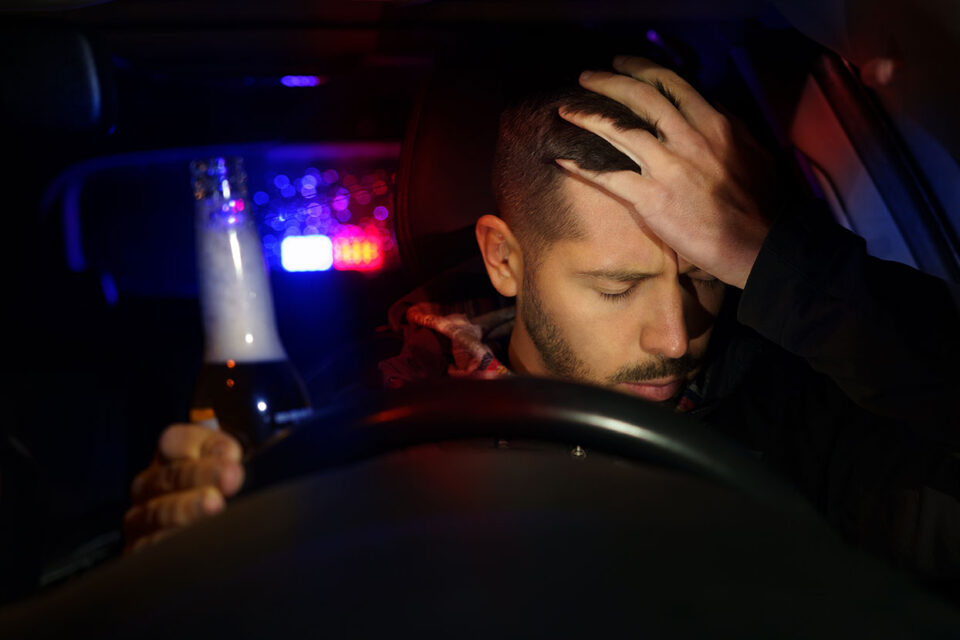Imagine you’re facing a difficult scenario, where your driver’s license has been suspended, yet your daily responsibilities don’t just disappear. You still need to get to work, drop your kids off at school, or make it to your doctor’s appointments.
In such a case, you might be eligible for a hardship license. This provisional license could be your lifeline, allowing you to legally drive to and from necessary destinations, despite your suspension. However, don’t think it’s as simple as filling out a form and hitting the road.
There are stringent requirements and intricacies involved in obtaining a hardship license. So, are you ready to navigate the complex maze of prerequisites and procedures to get back on the road?
Understanding the Hardship License
Navigating the complexities of obtaining a hardship license, you’ll find that it’s a specific type of license issued to individuals who’ve had their driver’s license suspended or revoked, but still need to drive for essential activities such as work, school, or medical appointments. The benefits of a hardship license are unmistakable, giving you the essential mobility required to carry on with your daily life, despite past transgressions.
Common reasons for needing a hardship license range from work-related matters to medical needs. Sometimes, it’s the only lifeline available to regain your normal routine. However, it’s not a free pass, and you must adhere to the strict conditions set forth by the issuing authority.
Working towards regaining a regular driver’s license requires compliance with the law, completion of any court-ordered programs, and maintaining a clean driving record. If you’re caught driving without a hardship license while your main license is suspended, the implications can be severe, including further suspension and even jail time.
A hardship license can be valid for the duration of your suspension or until you’ve met the requirements to regain your regular license. It’s a vital tool for navigating life’s necessities amid legal complications.
Eligibility Criteria for Hardship License
To qualify for a hardship license, you must meet several crucial criteria established by your local Department of Motor Vehicles or other relevant authorities. These authorities often require evidence of hardship exemption, which could stem from financial hardship, medical conditions, employment requirements, or legal obligations.
Let’s delve into these criteria more specifically. A financial hardship might involve a lack of affordable or accessible public transportation in your area, making driving a necessity for basic tasks like grocery shopping.
For medical conditions, you may need to prove that you or a family member requires frequent medical appointments that aren’t easily accessible without a vehicle.
Furthermore, employment requirements often play a significant role in eligibility. You might need to demonstrate that your job requires frequent commuting or traveling, which public transportation can’t accommodate.
In terms of legal obligations, you may be eligible if you need to meet court-ordered duties that necessitate driving, such as community service or child visitation rights.
Process of Applying for Hardship License
Once you’ve established your eligibility for a hardship license based on the aforementioned criteria, it’s essential to understand the application process to secure this license. Typically, the process begins with obtaining the required documents, which may include proof of enrollment in a DUI or drug education program, a court order for a hardship license, and proof of financial responsibility.
The next step in the application process involves submitting these documents to your local DMV office, along with a completed hardship license application form. Some states may also require a written request explaining why you need the license.
Be aware that there’s often a waiting period before you can apply for a hardship license, and this period varies from state to state. It’s crucial to comply with any driving restrictions during this waiting period to avoid further complications.
Once your application is approved, you’ll receive your hardship license. However, remember that the license may come with certain driving restrictions, such as only driving to and from work, school, or medical appointments.
Documentation Needed for Application
When applying for a hardship license, you’ll need to gather specific documents to support your application. These are crucial in verifying your information and meeting eligibility criteria, thus, helping streamline the application process.
The crucial part of the hardship license requirements is the necessary paperwork. This typically includes proof of identity such as a birth certificate or passport, proof of residency like utility bills, and proof of legal presence if not a U.S. citizen. Additionally, you may need to provide a letter from your employer, school, or physician detailing your hardship circumstances.
If your hardship is due to employment, your employer must verify your work hours, and that public transportation isn’t a viable option for you. For educational reasons, a school schedule or registration documents are typically required. Medical hardships usually necessitate a physician’s statement indicating the necessity of travel.
In some cases, you might also need to provide proof of insurance and show a valid driver’s license or proof of completion of a driver’s education program. Remember that different states have different requirements, so always check with your local DMV or legal advisor.
The key is to be thorough and accurate with your supporting documentation to ensure a successful application.
Restrictions and Rules of Hardship License
After you’ve gathered all the documentation and successfully applied for your hardship license, it’s important to understand the restrictions and rules associated with this particular type of license.
Despite the benefits of a hardship license, such as the ability to drive to and from work, school, or medical appointments, there are several limitations. These may include restricted driving hours, specific routes you must adhere to, or limits on the distance you can travel.
The hardship license renewal process is another key aspect to understand. In most cases, you’ll need to reapply and show continued eligibility for the license. If your circumstances change or if you violate the restrictions of your license, it may not be renewed.
Common reasons for hardship license denial include a history of reckless driving, DUI convictions, or failure to comply with court-ordered programs. If you’re denied, there are alternatives such as public transportation, carpooling, or cycling.
Therefore, while a hardship license offers some freedoms, it’s crucial to respect its limitations and rules to maintain your driving privileges.
Frequently Asked Questions
How Can Douglas L. Gardner Attorney at Law Assist in Obtaining a Hardship License in Northern California?
Gardner’s legal team can assist you in obtaining a hardship license. Using proven legal strategies and necessary documentation, they’ll streamline your license reinstatement process. Client testimonials affirm their successful track record in Northern California.
What Expertise Does Douglas L. Gardner Attorney at Law Possess in Relation to DUI Cases and Hardship Licenses?
You can trust Gardner’s qualifications, understanding DUI complexities and license regulations. His legal strategies are tailored to your needs. Client testimonials vouch for his expertise, especially in securing hardship licenses amidst DUI cases.
What’s the Success Rate of Douglas L. Gardner Attorney at Law in Obtaining Hardship Licenses for Their Clients?
You haven’t provided specific success metrics or client testimonials. However, Gardner’s strategies navigate legal complexities effectively. His case studies demonstrate a high success rate in obtaining hardship licenses, reflecting his expertise in this area.
How Does the Process of Obtaining a Hardship License Differ Across Counties in Northern California, Such as Shasta County or Tehama County?
In different Northern California counties, license eligibility, application process, license reinstatement, and driving restrictions vary. You’ll face legal implications if you don’t adhere to these county-specific requirements for obtaining a hardship license.
How Does the Firm Handle Cases Where a Hardship License Application Has Been Denied?
You’ll first understand denial reasons, then start the appeal process. The firm helps identify application prerequisites, license limitations, and strategizes your reapplication. They’re experienced in navigating these complex situations to improve your chances of success.
Conclusion
Obtaining a hardship license can seem daunting, but it’s not insurmountable. By understanding the requirements, knowing your eligibility, and properly preparing your application, you’re already on the right track.
Remember, the goal is to ensure you can meet your obligations, while still respecting the law. So, don’t let the process intimidate you. Stay focused, be diligent, and before you know it, you’ll be back on the road, legally and responsibly.



